Nuclear Science and Technology - Volume 9, Number 4, December 2019
Abstract: Grid spacers installed in subchannels of fuel assemblies for nuclear reactors can promote
heat transfer. However, the fluid velocity and bubble behavior are greatly affected as the crosssectional area of the flow passage changes. Therefore, the void fraction distribution behind the
obstacle that simulates the grid spacer shape simply was measured by using a wire mesh sensor
(WMS) system. Moreover, a two-phase flow analysis was performed to investigate the effect of the
obstacle on the bubble behavior in a vertical duct.
Keywords: Bubbler, Two-phase flow, Obstacle, Vertical duct, WMS, Experiment, Analysis.
I. INTRODUCTION
Clarifying two-phase characteristics
in a nuclear reactor core is important in
particular to enhance the thermo-fluid safety
of nuclear reactors. Moreover, correct data
on bubbly flow in subchannels with spacers
are needed in order to verify two-phase flow
models in conventional nuclear safety
analysis codes and validate predicted data
by current CFD codes like a direct twophase flow analysis code (Douce, et al.,
2010). Spacers installed in subchannels of
fuel assemblies have the role of keeping the
interval between adjacent fuel rods constant.
Similarly, in case of PWR the spacer has
also the role as the turbulence promoter.
When the transient event occurs in a nuclear
reactor, two-phase flow is generated by
boiling of water due to heating of fuel rods.
Therefore, it is important to confirm the
bubbly flow behavior around the spacer.
The purpose of this study is to make the
effect of the spacer affecting the bubbly
flow clear and obtain code validation data.
So bubble dynamics around the simply
simulated spacer was visually observed and
the void fraction and interfacial velocity
distributions just behind the simulated
spacer was measured.
II. EXPERIMENTAL METHOD
1. Experimental Apparatus
The experimental apparatus mainly
consists of a measuring section and
water/air supply lines and is shown in Fig.
1. The measuring section includes a vertical
flow channel with a diameter of 58 mm
made of an acrylic resin, inlet and outlet
plenums, and an air injection nozzle with
120 injection holes with a diameter of 0.6
mm. Water flows through the inlet plenum
into the flow channel and goes up through
the measuring section to the outlet plenum.
Air is supplied from the air injection nozzle
into the flow channel. As a result, water is
mixed with air and then a water-air twophase flow is formed as can be seen in Fig.
2. Bubbly flow conditions are determined
by both flow rates of water and air.
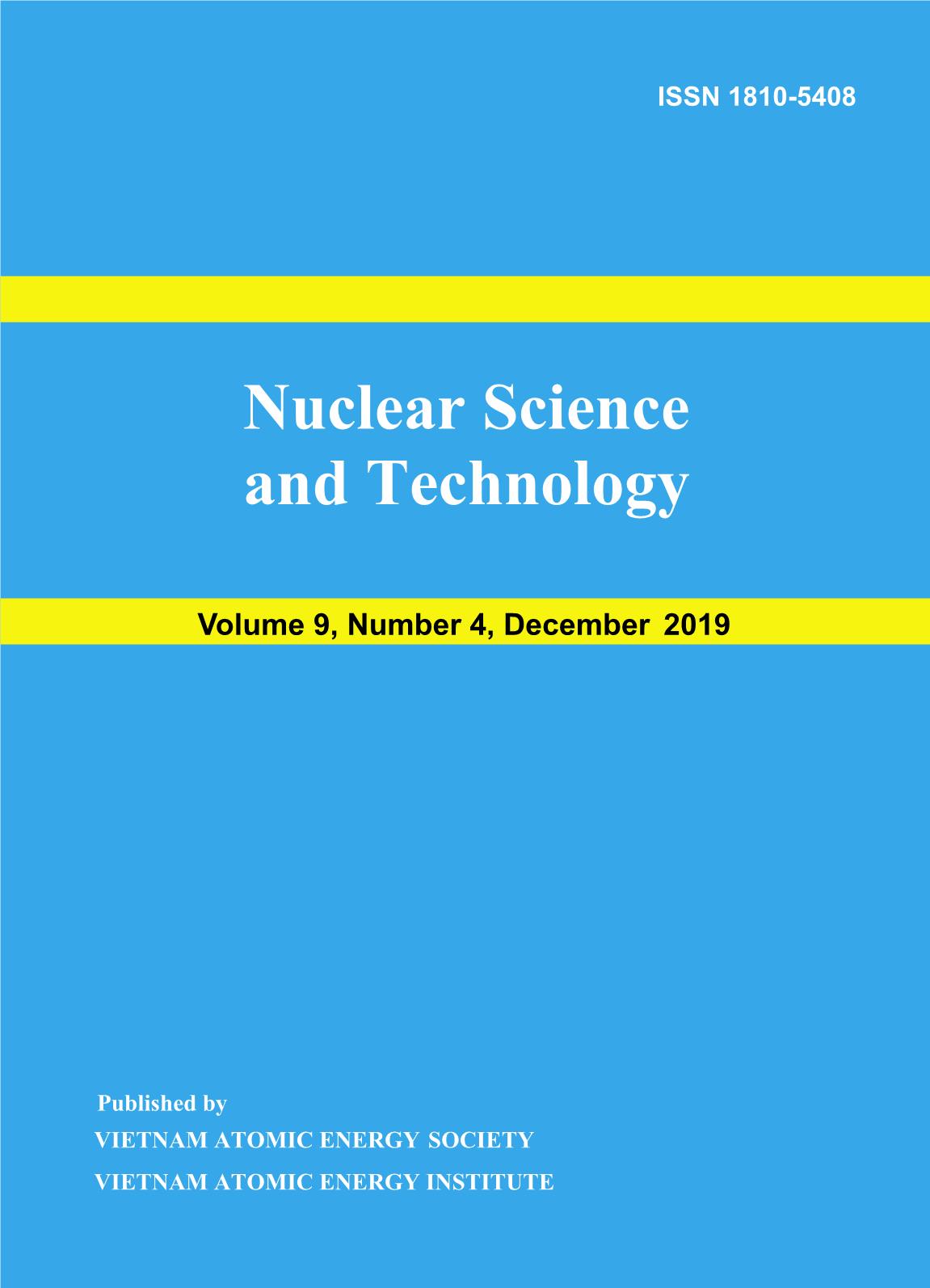
Trang 1
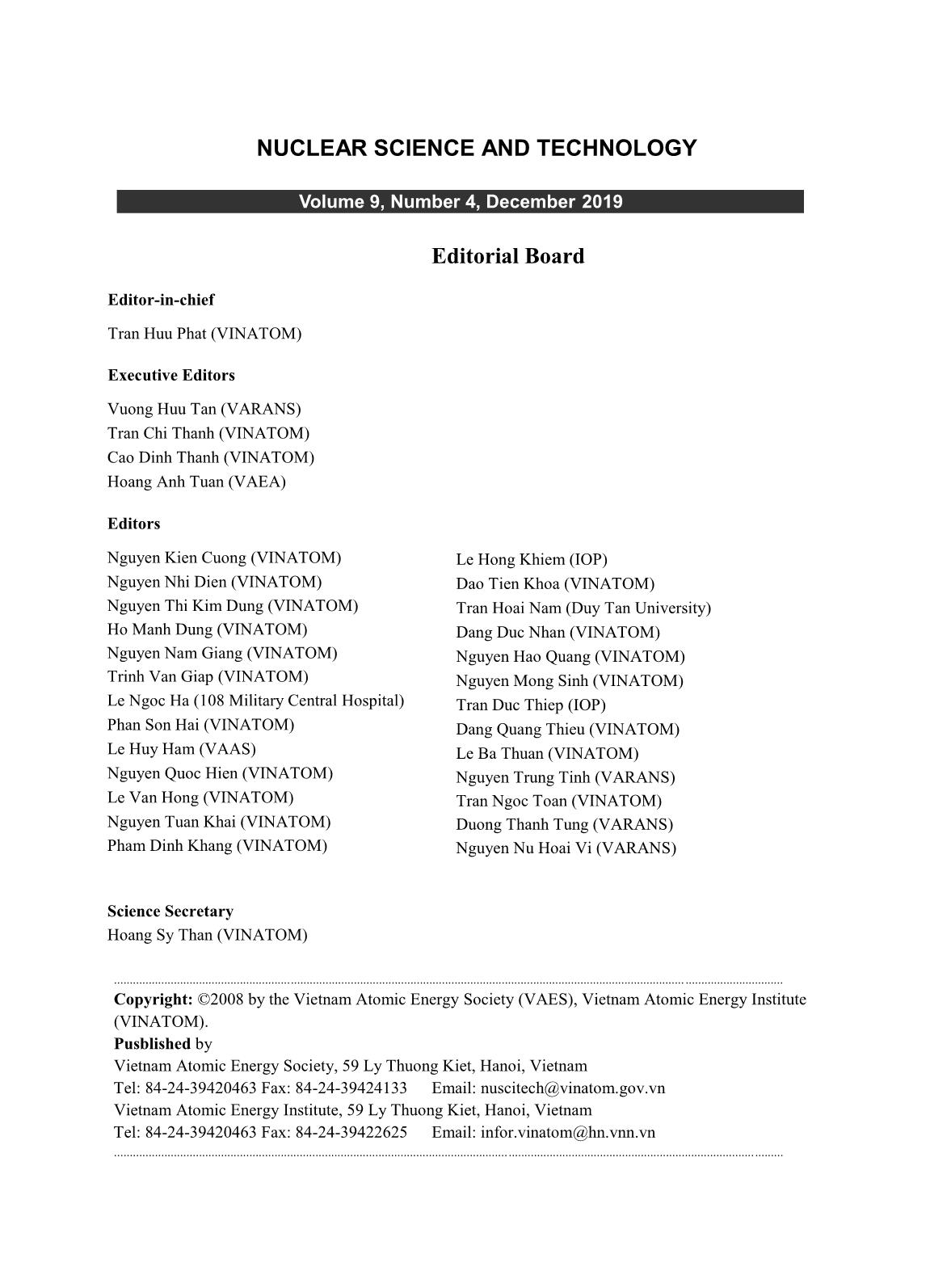
Trang 2
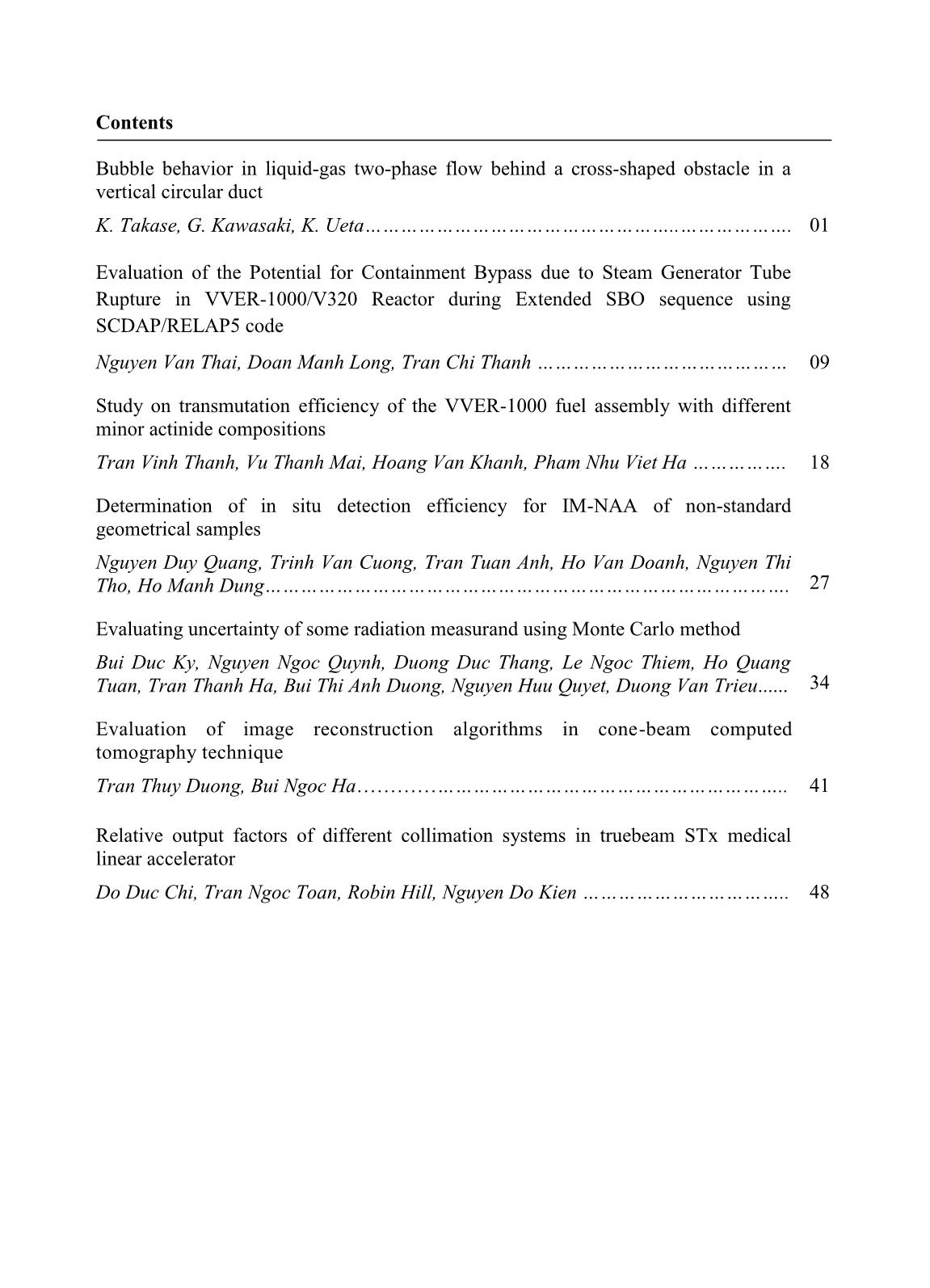
Trang 3
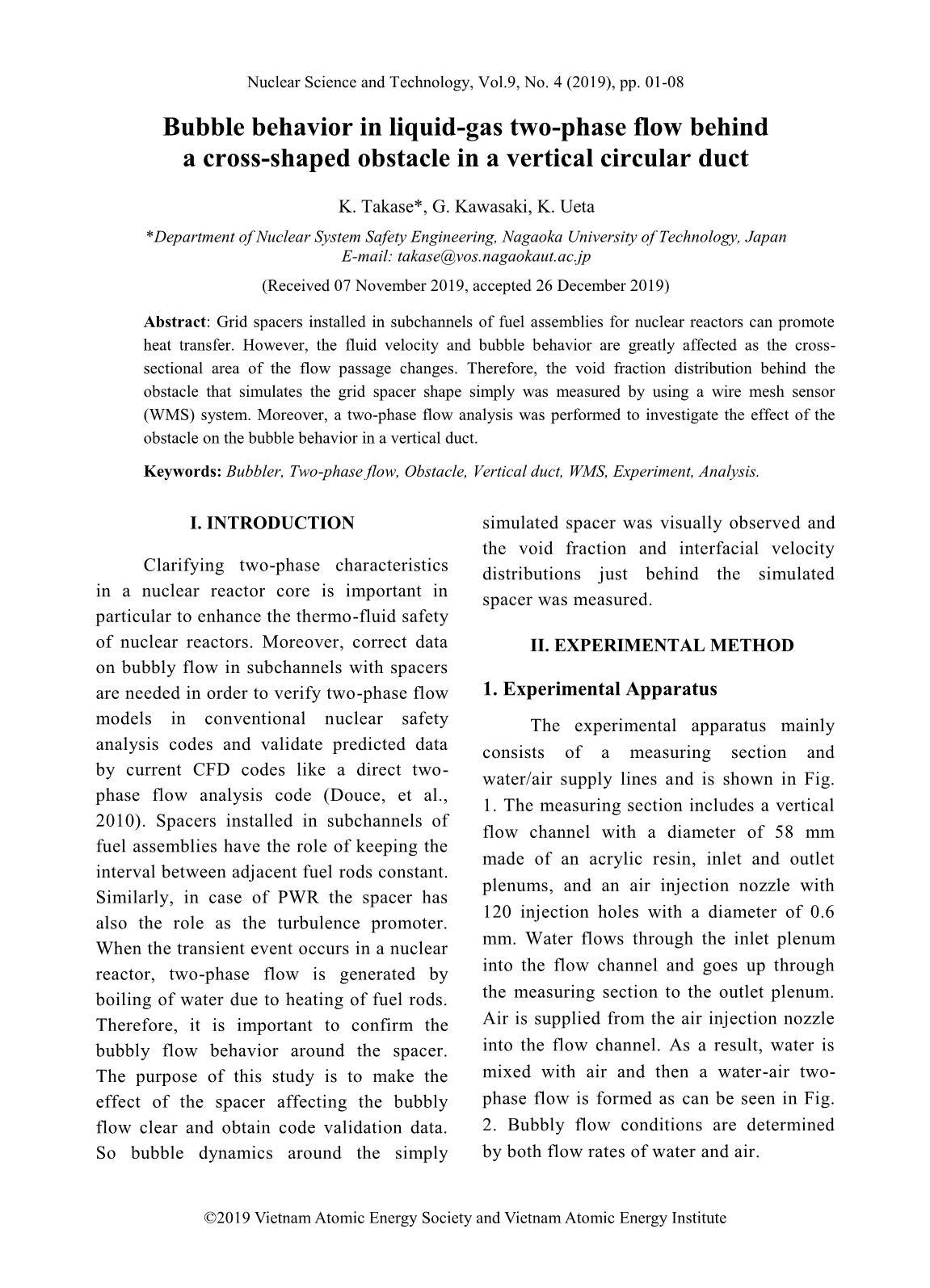
Trang 4
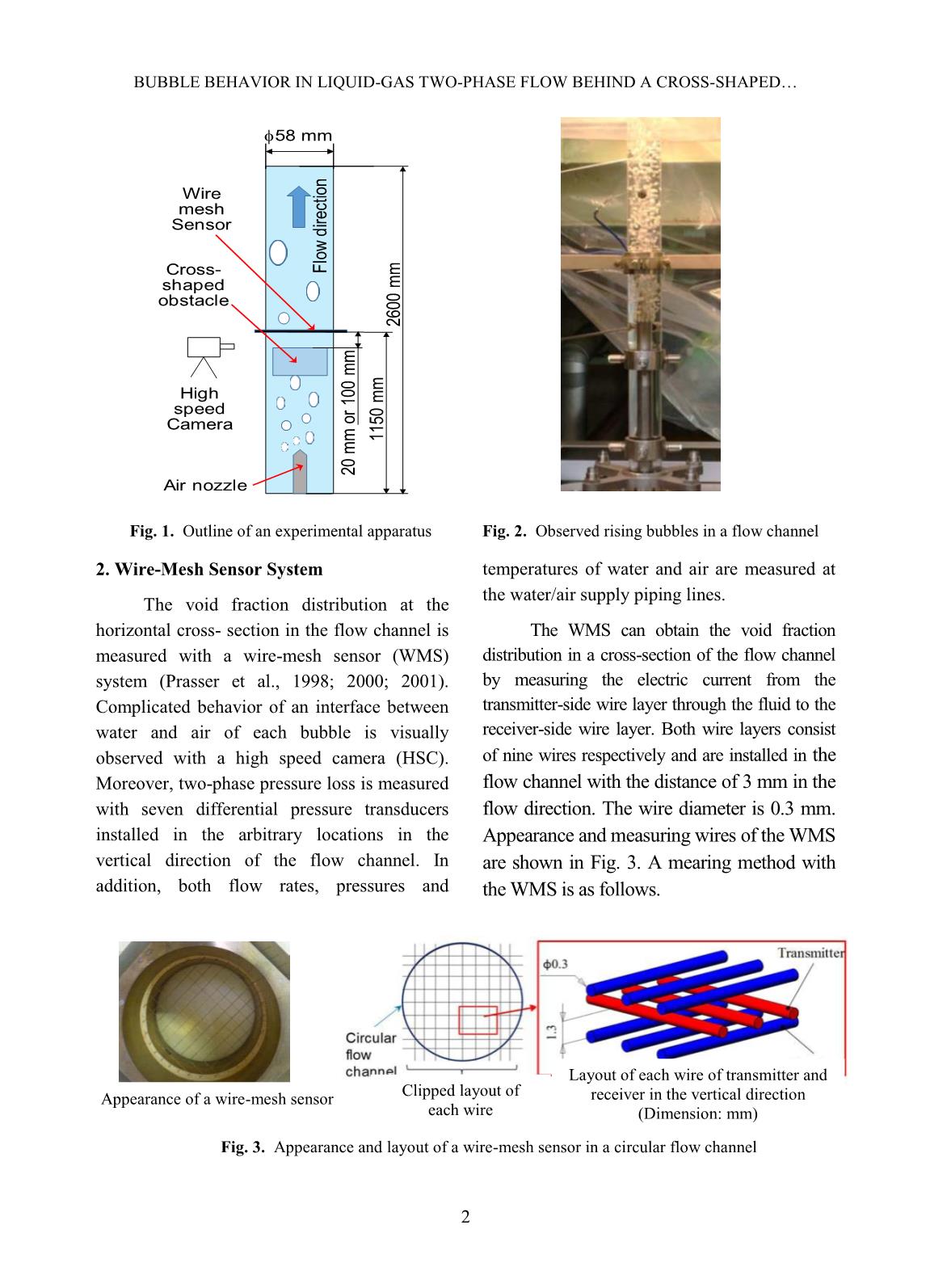
Trang 5
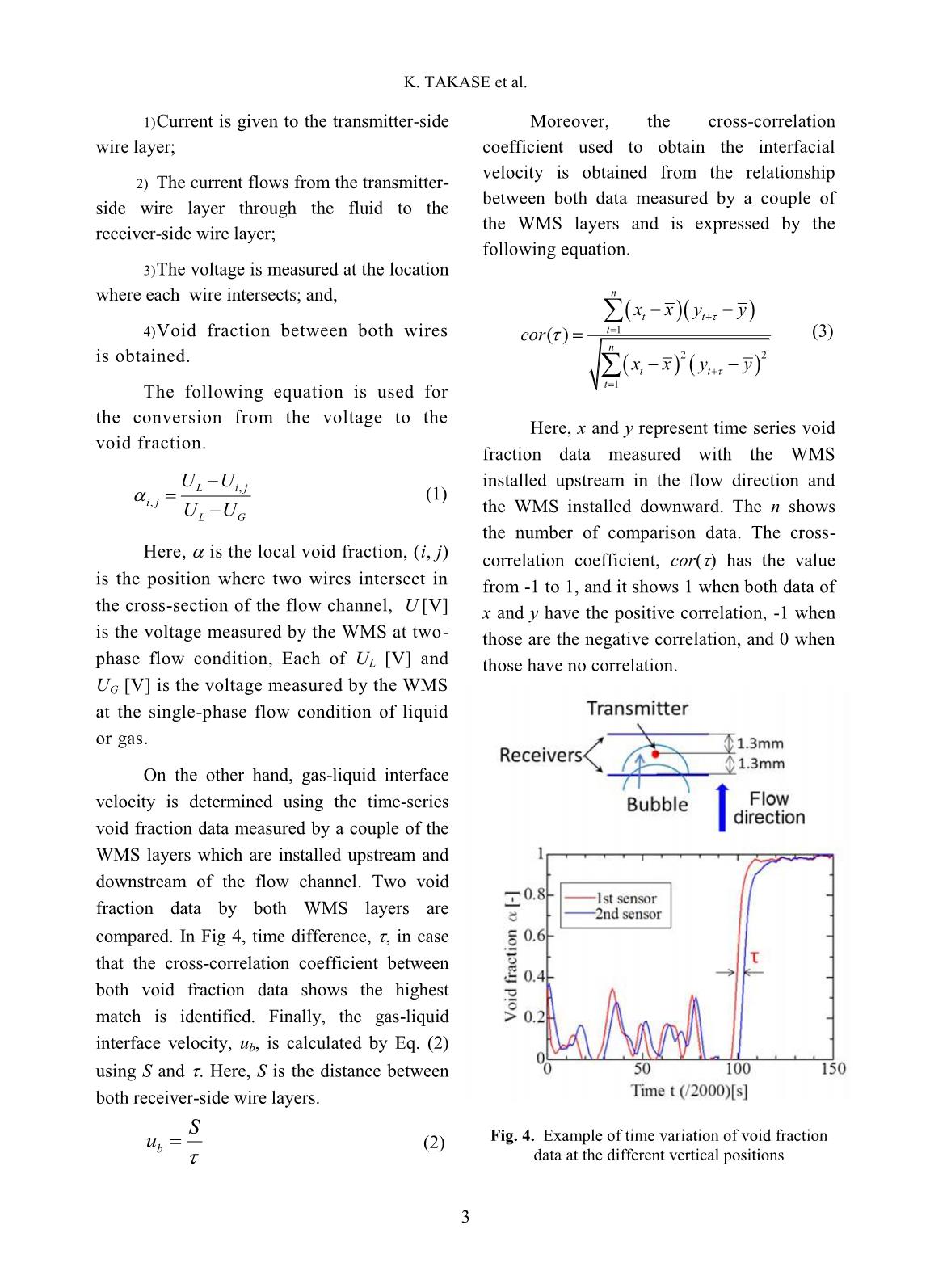
Trang 6
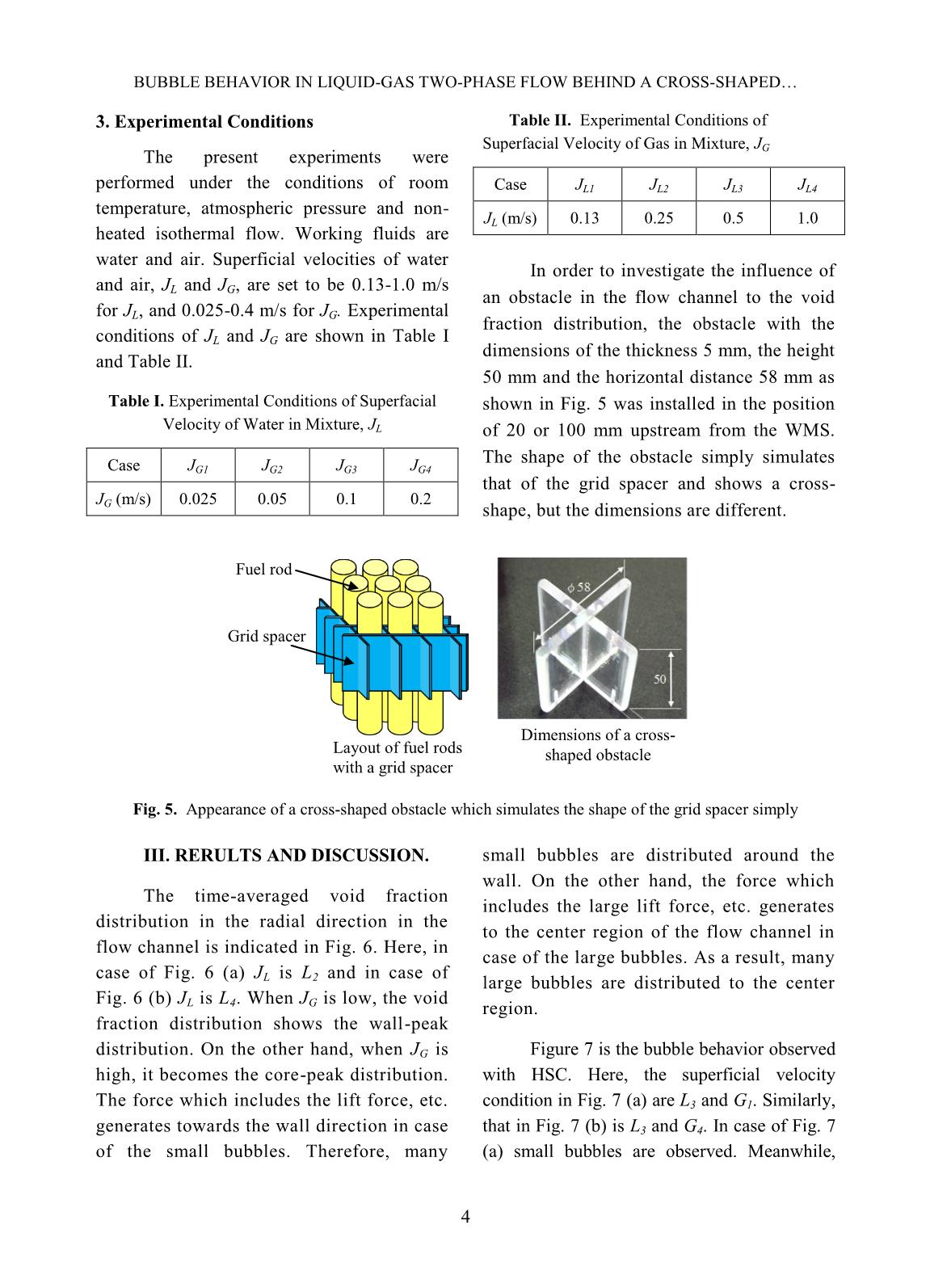
Trang 7
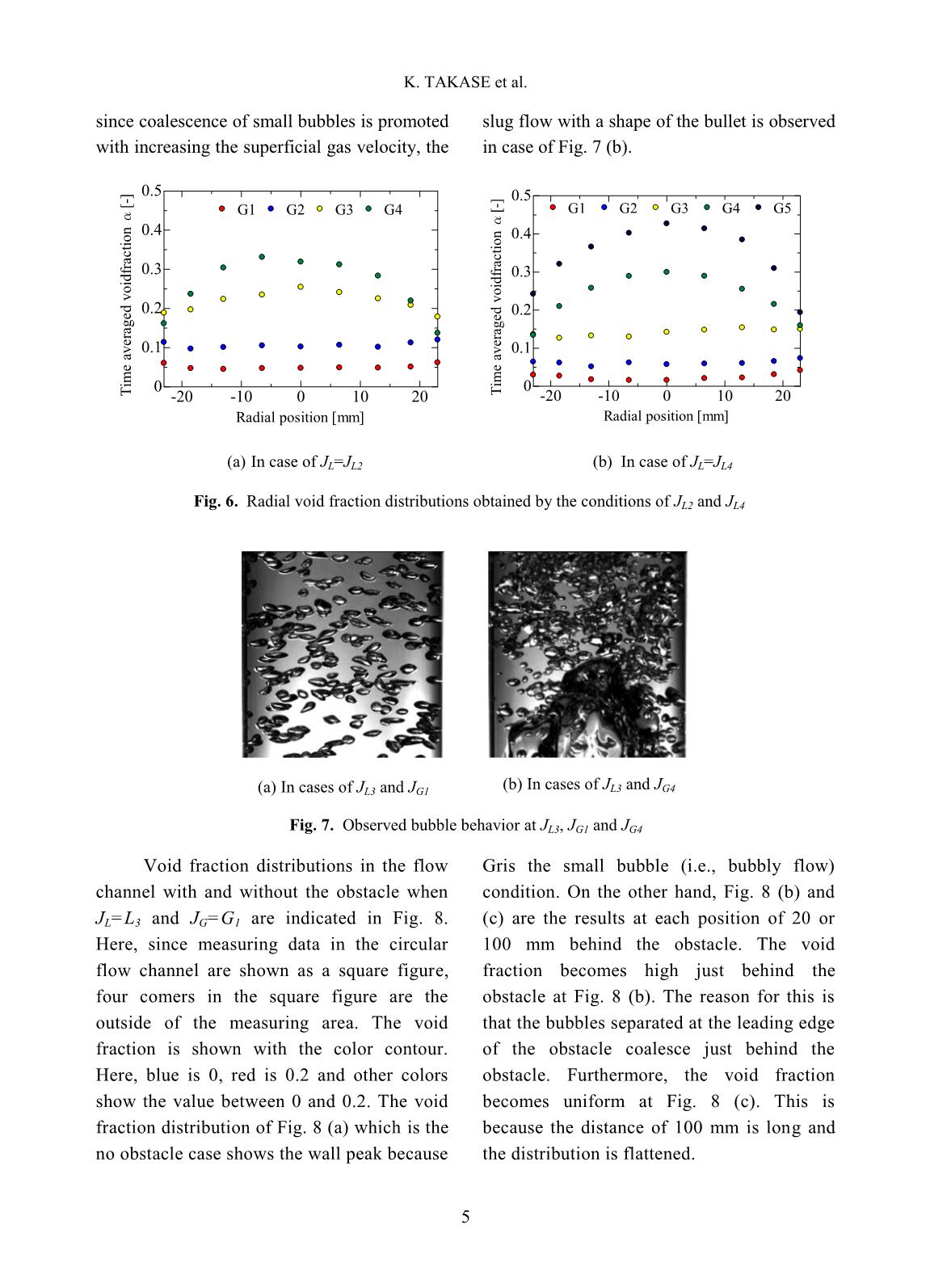
Trang 8
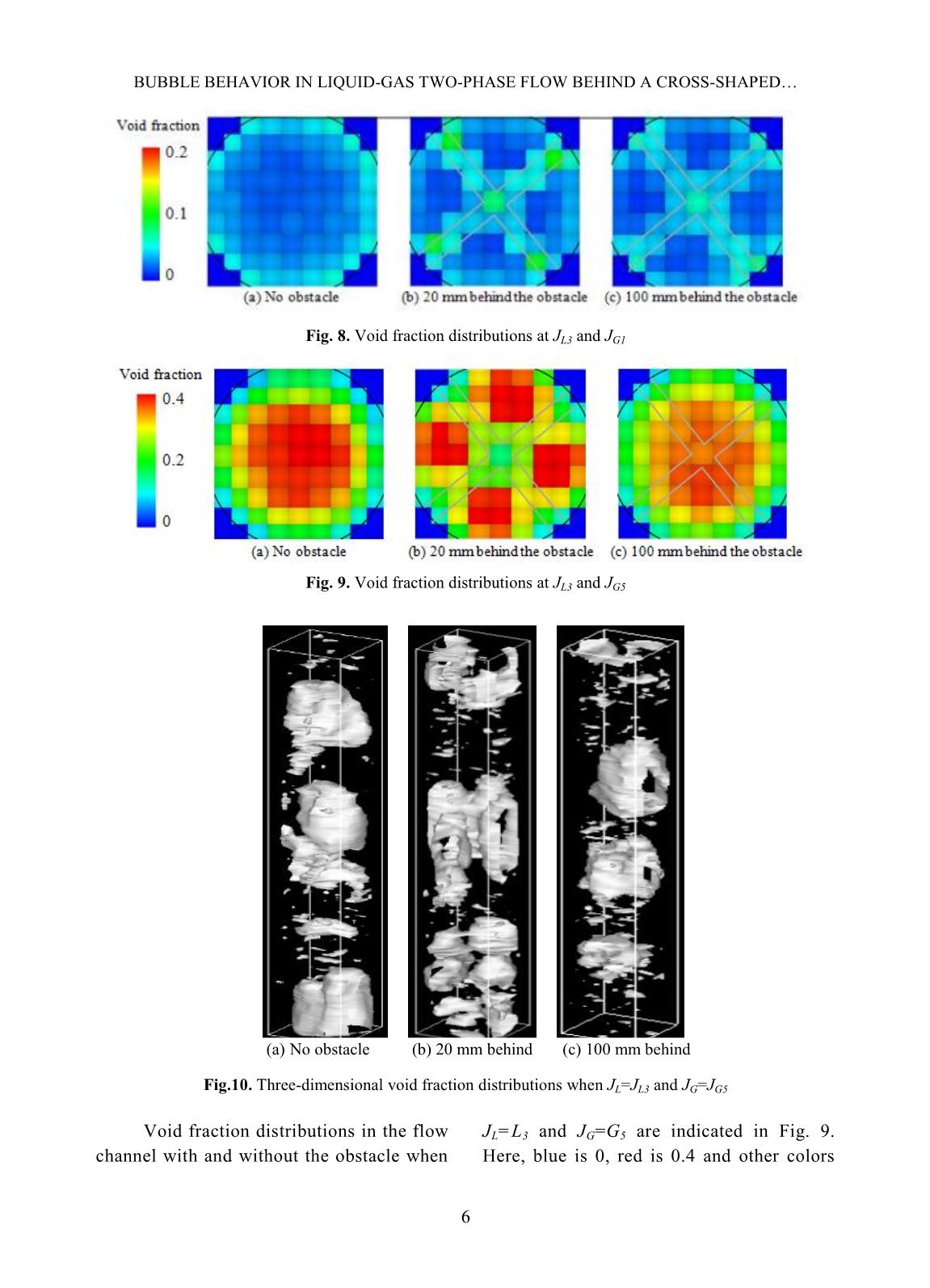
Trang 9
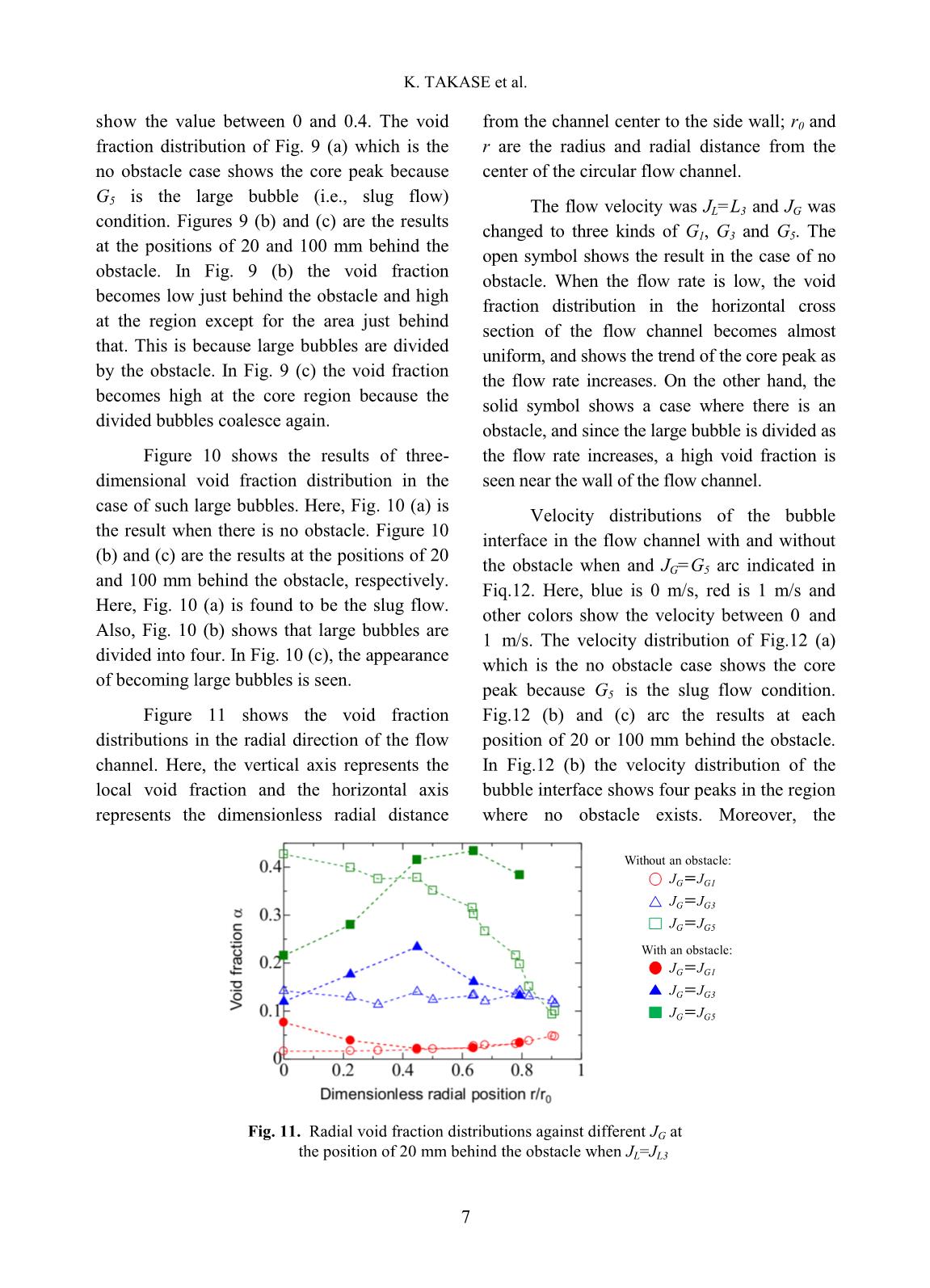
Trang 10
Tải về để xem bản đầy đủ
Tóm tắt nội dung tài liệu: Nuclear Science and Technology - Volume 9, Number 4, December 2019
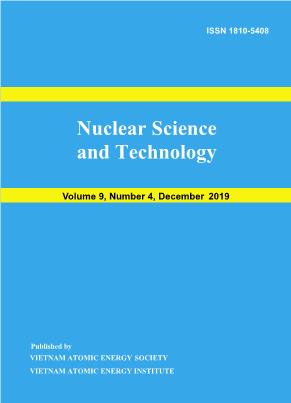
e ionization chamber (Razor chamber). The output correction factor [ ] is a DO DUC CHI et al. 51 obtained from the tabulated output correction factors with respect to the machine specific reference field as below: [ ] [ ] [ ] (4) III. RESULTS and DISCUSSION A. Output factors of collimation systems using TRS398 CoP Using the conventional formula from TRS398 CoP, we got the result as Table I. Table I. Output factors of collimation systems using TRS398 CoP and Razor chamber. Cone (mm) 4 5 7.5 10 12.5 15 17.5 100 (square) 6X 0.420 0.523 0.662 0.746 0.797 0.834 0.859 1 6XFFF 0.473 0.574 0.702 0.772 0.816 0.846 0.866 1 MLC FS (mm) 0.5 1 2 3 4 5 7 10 6X 0.529 0.754 0.861 0.895 0.921 0.940 0.968 1 6XFFF 0.560 0.782 0.876 0.909 0.932 0.948 0.975 1 Jaw FS (mm) 0.5 1 2 3 4 5 7 10 6X 0.345 0.704 0.850 0.888 0.914 0.936 0.967 1 6XFFF 0.377 0.736 0.867 0.906 0.929 0.947 0.974 1 B. Output factor of collimation systems using TRS483 CoP: Intermediate field ( ) of 4 × 4 cm 2 was selected for calculation of jaw- shaped fields and MLC-shaped fields. For cone, intermediate field was 17.5 mm conical field because we need to normalize these data to that of 10 × 10 cm 2 field size. The results were obtained as Table II. Table II. Output factor of collimation systems using TRS483 CoP (Razor chamber and Razor diode) Cone (mm) 4 5 7.5 10 12.5 15 17.5 100 (square) Square Equi. Field size (cm) 0.708 0.885 1.327 1.77 2.212 2.655 3.097 10 6X 0.522 0.599 0.713 0.773 0.814 0.841 0.864 1 6XFFF 0.578 0.648 0.745 0.797 0.830 0.856 0.871 1 MLC Field size(mm) 0.5 1 2 3 4 5 7 10 6X 0.608 0.774 0.871 0.905 0.927 0.945 0.971 1 6XFFF 0.643 0.792 0.881 0.918 0.938 0.954 0.978 1 Jaw Field size(mm) 0.5 1 2 3 4 5 7 10 6X 0.619 0.756 0.84 0.876 0.901 0.924 0.961 1 6XFFF 0.652 0.771 0.846 0.884 0.907 0.928 0.963 1 C. Comparison of results between TRS483 and TRS398 CoP: Based on these results, the difference between ROF curves is significant between the two different methods (CoPs) for MLC-shaped field size and for jaw-shaped field size less than 3 × 3 cm for both the 6X and 6XFFF beams. The smallest difference was observed with MLC-shaped fields while the biggest difference was observed with cone-shaped RELATIVE OUTPUT FACTORS OF DIFFERENT COLLIMATION SYSTEMS IN TRUEBEAM 52 fields as seen in Fig.3 and Fig.4. At 0.5 × 0.5 cm 2 squared field and 4 mm conical field, the output factor difference of 6X and 6XFFF beams were -44.2%/-42.2%, -13.0%/-13.0%, - 19.6%/-18.2% for jaw-shaped, MLC-shaped and cone-shaped fields, respectively. TRS398 CoP gave underestimation of a relative output factor in comparison with TRS483 CoP. The large difference was always seen at field sizes smaller than 4 × 4 cm 2 . Fig. 3. Difference of TRS398 and TRS483 CoP in relative output factor of MLC and Jaws collimations. Fig. 4. Difference of TRS398 and TRS483 CoP in relative output factor of cone collimations. 0.3 0.4 0.5 0.6 0.7 0.8 0.9 1 0 2 4 6 8 10 R O F Jaw Field Size (cm x cm) 6X Jaw Output Factors TRS483 TRS398 0.3 0.4 0.5 0.6 0.7 0.8 0.9 1 0 2 4 6 8 10 R O F Jaw Field Size (cm x cm) 6XFFF Jaw Output Factors TRS483 TRS398 0.5 0.6 0.7 0.8 0.9 1 0 2 4 6 8 10 R O F MLC Field Size (cm x cm) 6X MLC Output Factors Razor Chamber - TRS398 0.5 0.6 0.7 0.8 0.9 1 0 2 4 6 8 10 R O F MLC Field Size (cm x cm) 6XFFF MLC Output Factors Razor Chamber - TRS398 TRS483 0.4 0.5 0.6 0.7 0.8 0.9 1 0 10 20 30 40 50 60 70 80 90 100 R O F Coned Field Size (mm) 6X Cone Output Factors TRS483 TRS398 0.4 0.5 0.6 0.7 0.8 0.9 1 0 10 20 30 40 50 60 70 80 90 100 R O F Coned Field Size (mm) 6XFFF Cone Output Factors TRS483 TRS398 DO DUC CHI et al. 53 Noticingly, the Razor chamber’s reading differences between 10 × 10 cm 2 MLC-shaped field and 10 × 10 cm 2 jaw- shaped field were just 0.61% and 0.25% for 6X and 6XFFF, respectively. Therefore, these relative output factors could be used for direct comparison between jaw-shaped field and MLC-shaped field of “the same” nominal field size. D. Comparison of results between 6X, 6XFFF (TRS483 CoP): For the same collimation system, output factor comparisons were also made for 6X and 6XFFF beams after applying TRS483 CoP (Fig. 5). The biggest differences in output factor were seen at 0.5 × 0.5 cm 2 jaw-shaped field, 0.5 × 0.5 cm 2 MLC-shaped field and 4mm cone-shaped field with values of 5.3%, 5.8% and 10.5%, respectively. Fig. 5. Difference in output factor of 6X and 6XFFF beams in each collimation system. E. Comparison of Output Factor curves between different collimation systems (TRS483 CoP): The relative output factor comparisons were made between MLC, jaws and Cone systems for both 6X and 6XFFF beams. Conical collimators are independent from MLC and Jaws systems. The conical collimation system has smallest relative output factor in comparison with that of MLC and Jaws systems for both 6X and 6XFFF beams as Fig. 6. For field sizes bigger than 1 × 1 cm 2 , jaw system has lower relative output factor than MLC’s but it is inverse for field size less than 1 × 1 cm 2 . In a multi-centre analytical study of small field output factor calculations in radiotherapy reported by Krzysztof Chełmiński and Wojciech Bulski, for 2 × 2 cm 2 MLC- shaped fields of Varian linacs, the differences between the treatment planning system output factors (based on collected beam data) often exceeded 5% and were below 10% [11]. In our study, these differences were -1.1% (6X) and -0.5% (6XFFF) for MLC-shaped fields, 1.3% (6X) and 2.6% (6XFFF) for jaw-shaped fields, -7.0% (6X) and -5.7% (6XFFF) for cone-shaped fields. The smaller differences 0.5 0.6 0.7 0.8 0.9 1 0 2 4 6 8 10 R O F Jaw Field Size (cm) TRS483 Jaws ROF 6X 6XFFF 0.5 0.6 0.7 0.8 0.9 1 0 2 4 6 8 10 R O F MLC Field Size (cm) TRS483 MLC ROF 6X 6XFFF 0.5 0.6 0.7 0.8 0.9 1 2.5 5 7.5 10 12.5 15 17.5 R O F Coned Field Size (mm) TRS483 Cone ROF 6X 6XFFF RELATIVE OUTPUT FACTORS OF DIFFERENT COLLIMATION SYSTEMS IN TRUEBEAM 54 observed in our study for MLC-shaped field may came from our small field detector, the Razor chamber. A multinational audit of small field output factors calculated by treatment planning systems used in radiotherapy, the ROF for small fields calculated by TPSs were generally larger than measured reference data. On a national level, 30% and 31% of the calculated ROF of the 2 × 2 cm 2 field exceeded the action limit of 3% for nominal beam energies of 6 MV and for nominal beam energies higher than 6 MV, respectively [12]. The discrepancy above may come from accuracy of treatment planning algorithms on measured output factors, especially for small fields. Fig. 6. Difference in output factor of difference collimation system for 6X and 6XFFF beams. CONCLUSIONS An international code of practice for the dosimetry of small static fields used in external beam radiotherapy (TRS483 CoP) was successfully applied to recalculate relative output factors for cone system with correction. Relative output factors for jaw collimation system were extensively obtained for field size less than 3 × 3 cm 2 for Eclipse v.13.6 for 6X and 6XFFF beams using TRS483 CoP. Relative output factors were also measured for MLC collimation system to be compared with that of the jaw collimation system. The discrepancy of output factor between jaw- shaped fields and MLC-shaped fields suggests that jaw-based beam data itself may not suitable for MLC-based treatment planning. Additional measurement of small beam percentage depth dose and profiles as well as specific modelling of photon beam for MLC system may be required. REFERENCES [1]. P. Andreo, “The physics of small megavoltage photon beam dosimetry,” Radiother. Oncol., vol. 126, no. 2, pp. 205–213, 2018. [2]. International Atomic Energy Agency, TRS483, “An International Code of Practice for Reference and Relative Dose Determination”, November, 2017. 0.5 0.55 0.6 0.65 0.7 0.75 0.8 0.85 0.9 0.95 1 0 2 4 6 8 10 R O F Field Size (cm, square equivalent) 6X TRS483 Output Factors MLC Jaws Cone 0.5 0.55 0.6 0.65 0.7 0.75 0.8 0.85 0.9 0.95 1 0 2 4 6 8 10 R O F Field Size (cm, square equivalent) 6XFFF TRS483 Output Factors MLC Jaws Cone DO DUC CHI et al. 55 [3]. I. J. Das, G. X. Ding, and A. Ahnesjö, “Small fields: Nonequilibrium radiation dosimetry,” Med. Phys., vol. 35, no. 1, pp. 206–215, 2008. [4]. I. J. Das, J. Morales, and P. Francescon, “Small field dosimetry: What have we learnt?,” in AIP Conference Proceedings, 2016. [5]. K. Park, J. Bak, S. Park, W. Choi, and S. W. Park, “Determination of small-field correction factors for cylindrical ionization chambers using a semiempirical method,” Phys. Med. Biol., vol. 61, no. 3, 2016. [6]. H. Bouchard, J. Seuntjens, S. Duane, Y. Kamio, and H. Palmans, “Detector dose response in megavoltage small photon beams. I. Theoretical concepts,” Med. Phys., vol. 42, no. 10, 2015. [7]. E. Mainegra-Hing and B. R. Muir, “On the impact of ICRU report 90 recommendations on kQ factors for high-energy photon beams,” Med. Phys., vol. 45, no. 8, pp. 3904–3908, 2018. [8]. H. Benmakhlouf, J. Sempau, and P. Andreo, “Output correction factors for nine small field detectors in 6 MV radiation therapy photon beams: A PENELOPE monte carlo study,” Med. Phys., vol. 41, no. 4, 2014. [9]. I. J. Das, M. B. Downes, A. Kassaee, and Z. Tochner, “Choice of Radiation Detector in Dosimetry of Stereotactic Radiosurgery- Radiotherapy,” J. Radiosurgery, vol. 3, no. 4, pp. 177–186, 2000. [10]. M. Constantin, H. Hsu, S. Mansfield, and M. Svatos, “Mitigation Strategies to Reduce the Relative Extrafocal Dose ( RED ),” vol. 33, p. 2525, 2006. [11]. K. Chełmiński and W. Bulski, “A multi-centre analytical study of small field output factor calculations in radiotherapy,” Phys. Imaging Radiat. Oncol., vol. 6, no. September 2017, pp. 1–4, 2018. [12]. W. Lechner et al., “A multinational audit of small field output factors calculated by treatment planning systems used in radiotherapy,” Phys. Imaging Radiat. Oncol., vol. 5, no. September 2017, pp. 58– 63, 2018. [13]. Aspradakis, M. M. (2009). Small Field MV Photon Dosimetry. World Congress on Medical Physics and Biomedical Engineering, September 7 - 12, 2009, Munich, Germany, 854–854. [14]. Absorbed Dose Determination in External Beam Radiotherapy: An International Code of Practice for Dosimetry based on Standards of Absorbed Dose to Water. Technical Reports Series No. 398, International Atomic Energy Agency, Vienna, 2000. INSTRUCTIONS FOR AUTHORS GENERAL INFORMATION Nuclear Science and Technology (NST), an international journal of the Vietnam Atomic Energy Society (VAES) and Vietnam Atomic Energy Institute (VINATOM), quarterly publishes articles related to theory and application of nuclear science and technology. All papers and technical notes will be refereed. It is understood that the paper has been neither published nor currently submitted for publication elsewhere. The copyright of all published papers and notes will be transferred in VAES. DETAILED FIELDS NST coves all fields of nuclear science and technology for peaceful utilization of nuclear energy and radiation. Authors should choose one of the following fields at the time they submit their manuscript: 1) Nuclear Physics, 2) Nuclear Data, 3) Reactor Physics, 4) Thermal Hydraulics, 5) Nuclear Safety, 6) Nuclear I&C, 7) Nuclear Fuel and Materials, 8) Radioactive Waste Management, 9) Radiation Protection, 10) Radiation Technology, 11) Nuclear Techniques in Food and Agriculture, 12) Nuclear Medicine and Radiotherapy, 13) Nuclear Techniques in Industries, 14) Environment Radioactivity, 15) Isotope Hydrology, 16) Nuclear Analytical Methods, 17) Health Physics, 18) Fusion and Laser Technology. MANUSCRIPT SUBMISSION Manuscript for publication should be submitted to the Editorial Office in triplicate by postal mail. For electronical submission use nuscitech@vinatom.gov.vn. Submission Address Department of Planning, R&D Management Vietnam Atomic Energy Institute, 59 Ly Thuong Kiet Street, Hanoi, Vietnam E-mail: nuscitech@vinatom.gov.vn. MANUSCRIPT PREPARATION Manuscripts must be written in English with adequate margins and indented paragraph. All manuscript must use SI (metric) units in text, figures, and tables. Manuscripts should in general be organized in the following order: title, names of authors and their complete affiliation including zip code, abstract (not exceeding 200 words), keywords (up to 7), introduction, main body of a paper, acknowledgments, references, appendices, table & figure captions, tables and figures. Unnecessary sections may be omitted. Headings: Use I, II, for major headings and A, B, for secondary headings. Mathematical formulas: All mathematical formulas should be clearly written, with special consideration to distinctive legibility of sub-and superscripts. Equation (at least the principal ones) should be numbered consecutively using Arabic numerals in parentheses in the right hand margin. Tables and Figures: Tables should be numbered with Roman numerals. Figures should be numbered consecutively with Arabic numerals in order of their first appearance and have a complete descriptive title. They should be typed on separate sheets. Tables should no repeat data which are available elsewhere in the paper. Figures should be original ink drawing or computer drawn figures in the original and of high quality, ready for direct reproduction. Figures should be referred to in the text as, for example, Fig. 1., or Fig. 2. . Reference: References should be listed at the end of the text and presented as follows: [1] C. Y. Fu et al., Nuclear Data for Science and Technology, S. M. Qaim (Ed.), p. 587 (1991). [2] C. Kalbach, Z. Phys, A283, 401 (1977). [3] S. Shibata, M. Imamura, T. Miyachi and M. Mutou, “Photonuclear spallation reactions in Cu”, Phys. Rev. C 35, 254 (1987). KHOA HỌC VÀ CÔNG NGHỆ HẠT NHÂN Chịu trách nhiệm xuất bản TRẦN HỮU PHÁT Chịu trách nhiệm nội dung TRẦN HỮU PHÁT TRẦN CHÍ THÀNH Trình bày LÊ THÚY MAI In 200 cuốn, khổ 19x26,5cm tại Công ty TNHH Trần Công Địa chỉ: số 12 ngách 155/176 Đường Trường Chinh, Hà Nội Giấy đăng ký kế hoạch xuất bản số: 770/GP-BTTTT cấp ngày 20 tháng 5 năm 2011 In xong và nộp lưu chiểu Quý I năm 2020 25 000đ
File đính kèm:
 nuclear_science_and_technology_volume_9_number_4_december_20.pdf
nuclear_science_and_technology_volume_9_number_4_december_20.pdf

